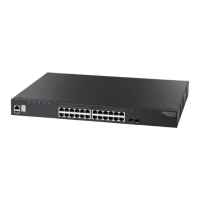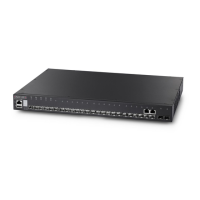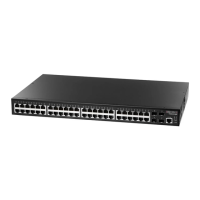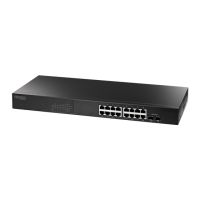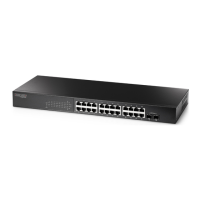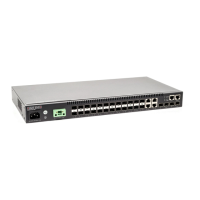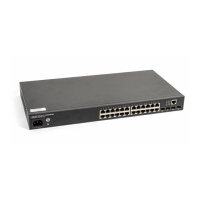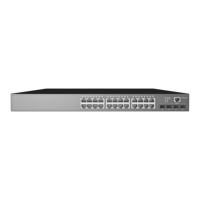Chapter 12
| Security Measures
Web Authentication
– 297 –
Note:
RADIUS authentication must be activated and configured properly for the
web authentication feature to work properly. (See “Configuring Local/Remote
Logon Authentication” on page 279.)
Note:
Web authentication cannot be configured on trunk ports.
Configuring
Global Settings for
Web Authentication
Use the Security > Web Authentication (Configure Global) page to edit the global
parameters for web authentication.
Parameters
These parameters are displayed:
◆ Web Authentication Status – Enables web authentication for the switch.
(Default: Disabled)
Note that this feature must also be enabled for any port where required under
the Configure Interface menu.
◆ Session Timeout – Configures how long an authenticated session stays active
before it must re-authenticate itself. (Range: 300-3600 seconds; Default: 3600
seconds)
◆ Quiet Period – Configures how long a host must wait to attempt
authentication again after it has exceeded the maximum allowable failed login
attempts. (Range: 1-180 seconds; Default: 60 seconds)
◆ Login Attempts – Configures the amount of times a supplicant may attempt
and fail authentication before it must wait the configured quiet period.
(Range: 1-3 attempts; Default: 3 attempts)
Web Interface
To configure global parameters for web authentication:
1. Click Security, Web Authentication.
2. Select Configure Global from the Step list.
3. Enable web authentication globally on the switch, and adjust any of the
protocol parameters as required.
4. Click Apply.
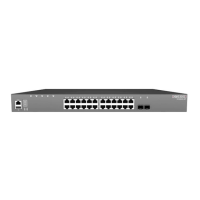
